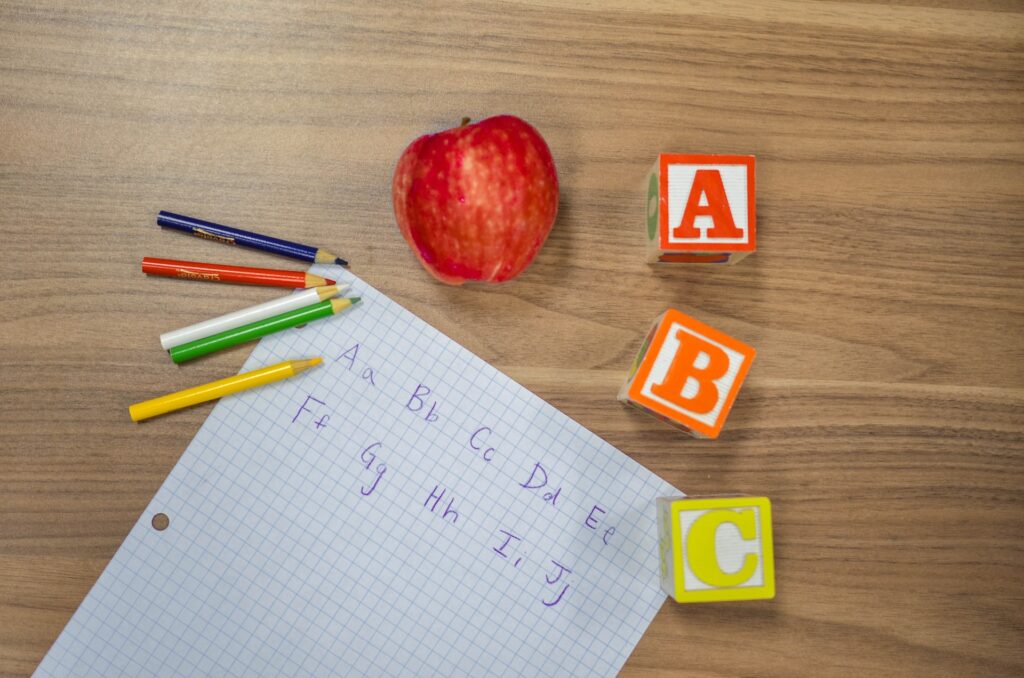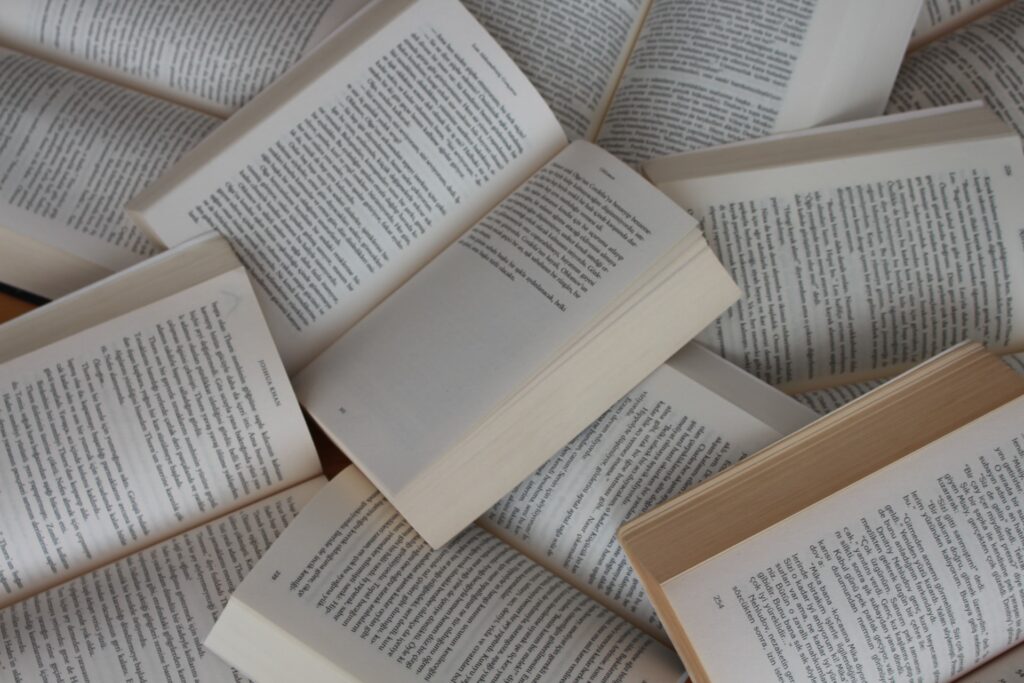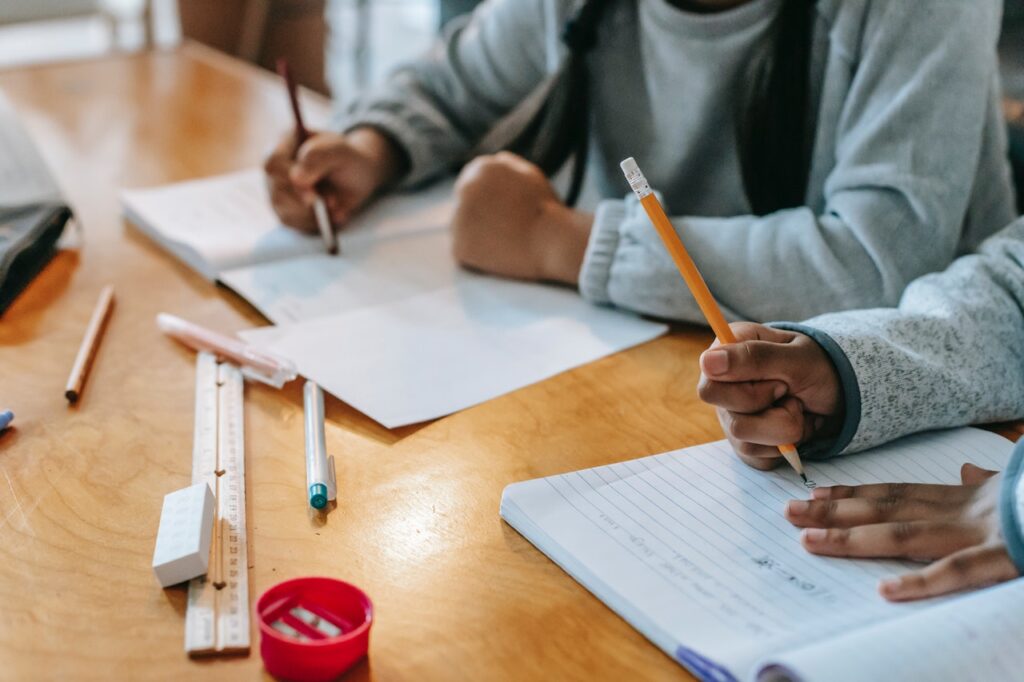Year 1 English is a step up from Kindergarten, and you’re probably wondering what you and your child should expect — but no stress, we’ve got you covered!
Below, we’ve outlined the key learning areas of the curriculum, the types of texts that your child will study and create, and the standards that your child will reach by the end of the year.
Although these things may vary across schools, in line with individual teachers’ preferences, this article should give you a good idea of what your child will learn over the next year. Check out how we can help your child succeed with one-on-one tutoring in Bondi Junction or anywhere else in the Sydney area!
Let’s get into it!
The Year 1 English Curriculum
#1: Language
#2: Literature
#3: Literacy
Assessment Types in Year 1 English
Standards for Year 1
Year 1 English Worksheets and Resources
Looking for English guides for other year groups?
If you have a child in a different year group to Year 1, we’ve also got guides for them! Have a look at our guides for the various year groups:
Year 2 | Year 3 | Year 4 | Year 5 | Year 6
Year 7 | Year 8 | Year 9 | Year 10
The Year 1 English Curriculum
The Year 1 English curriculum has 3 key components:
- Language
- Literature
- Literacy
These areas are important tools for enhancing your child’s communication. Students learn how to use them to develop their skills in and understanding of listening, reading, speaking, writing, viewing, and, importantly, creating.
Over the year, your child’s English teacher will explore these topics and strengthen the concepts, skills, and processes that your child has picked up already, giving them even more tools for future English study.
Let’s take a deeper look at these components now!
#1: Language
Language is the backbone of everything your child will do in English, and is arguably the most important curriculum area.
One of the best things that the syllabus does is focussing on breaking language down. Building on skills acquired in Kindergarten, your child will learn why words are the way they are, how they come to be, and what they’re made up of — all of which are key to other areas, like reading and spelling!
Your child will build on their knowledge of vowels, syllables, and letter patterns, and use these to recognise grammatical patterns and high-frequency words when reading and constructing texts.
Your child will also come to understand how language is used with other systems of communication, in order to cater to different communication needs and purposes. Teachers will introduce the importance of signs and symbols, which (really excitingly!) gives your child insights into Braille technologies and some signs in Auslan.
Teachers will also walk your child through nuances in different forms of statements (commands, questions, and requests), and the effects of facial expressions and body language in both interacting with others and expressing emotions.
By the end, all of these tools will equip your child to deal with texts and how they’re constructed! They’ll be able to identify different images in texts, and how nouns/pronouns, adjectives, and verbs are used to explore differences and convey experiences.
At the end of Year 1, your child will be equipped to appreciate a range of sources, including written and visual texts, and understand more broadly why language is important in contexts outside of school.
In summary, the Language component of the curriculum:
- Supports understandings of how language is constructed;
- Builds on knowledge of communicative skills and forms of communication;
- Allows your child to understand language in different contexts; and
- Enables your child to write their own texts.
#2: Literature
Your child will be exposed to a wide range of literature over the course of the year, which will enable them to both use their Language skills, and understand how and why authors create texts.
The selection of texts for Year 1 is designed to support and extend students by putting in practice what they learn under Language. Your child will have the opportunity to engage with texts that show them predictable language patterns and features, as well as some unfamiliar vocabulary, and illustrations or diagrams representing written texts.
Some of the text types that your child will get to engage with include:
- Australian literature, including contemporary literature and the oral narrative traditions of Aboriginal and Torres Strait Islander Peoples;
- Classic literature; and
- Classic and contemporary world literature, including literature from Europe and Asia.
By engaging with this multitude of texts, your child will explore how characters are created through language and images. Teachers encourage students to read widely and to more deeply understand qualities that characters possess, and how non-human characters (i.e. animals) may relate to humans too.
Students also have the chance to explore stories from other cultures, and will be guided to find similarities between texts and narrative traditions from different cultures as well.
Your child will also be encouraged to share their personal responses on how particular texts and characters make them feel! Teachers will teach students how to draw parallels between their own experiences and those that they see in texts. This will allow your child to identify why they like particular stories so much.
Through discussions and role-play activities, your child will also get to share some of their favourite stories, authors, and characters with their fellow classmates.
All of this leads up to students composing their own texts! Teachers will guide students through key points of story-writing, and introduce them to concepts of plot, setting, and narrative structure. This will also include examining different types of stories, and understanding different narrative devices and forms.
Your child will then have the opportunity to create visual representations of stories, including from Aboriginal and Torres Strait Islander or Asian cultures, and to create their own tales, through drawing, writing, performance, and digital media.
Essentially, the Literature section allows your child to:
- Engage with a variety of texts, including from other cultures;
- Understand how characters and texts are created and composed;
- Establish similarities and differences between real life and stories;
- Engage with different forms of media and storytelling (written, visual, film); and
- Bring all of their knowledge together to compose their own piece through various modes.
#3: Literacy
The final component of the curriculum is literacy, which combines critical responses, discussion skills, and creating texts. Your child will be introduced to persuasive texts, and invited to draw comparisons between these and creative pieces.
They’ll also learn how to find key information in texts, make inferences about characters, and make predictions based on language, illustrations and cover images. Teachers will guide students on finding and understanding meaning behind texts.
In the end, your child will then retell stories in their own words, and present their findings and critical responses either in writing or orally. Although your child will be encouraged to respond critically to texts, this part focusses on much more than just textual analysis!
Teachers will also encourage students to enhance their communication skills, and there is a big focus on your child discussing texts and sharing their responses with their fellow classmates. In these discussions, your child will have the opportunity to use their interaction skills by participating in speaking and listening situations, understanding concepts of ‘turn-taking’ and active listening behaviours, and experimenting with using appropriate volume and pace when making presentations.
During this communication element, teachers will also encourage students to read passages or their own written responses aloud. These practices are there to help your child with processing decodable and predictable texts.
This will better develop their phrasing, fluency in reading, and linguistic knowledge. These elements are designed to build your child’s confidence in participating in group discussions and contributing ideas, and by the end of the year, they’ll have no problem engaging with big groups!
Afterwards, your child will be able to combine all of the components of the curriculum by creating their own text! Your child will combine their knowledge of text structure and language forms and features, and construct multimodal texts (texts combining visual and written components).
This will also allow your child to practise writing and using proper grammar and punctuation, including upper- and lower-case letters, and full stops and commas. Finally, your child will also be introduced to ‘editing’, and will re-read their own texts and pick out areas for improvement or change.
Building your child’s reading comprehension is a key aim of Year 1 English. However, students often need to practise this skill outside of the classroom to progress. Check out our FREE, downloadable Year 1 Reading Comprehension Worksheets for you to use at home!
To summarise, the Literacy component of the Year 1 English curriculum:
- Introduces your child to critical analysis of texts;
- Enhances your child’s communication and interaction skills through class discussion; and
- Allows your child to combine all of their knowledge by creating their own multimodal pieces.
Assessment Types in Year 1 English

Over the course of the year, your child will create a variety of informative and persuasive texts to build up their ‘portfolio’. These text types include:
- Creative writing pieces (including multimodal texts);
- Literary retellings and responses;
- Performances;
- Poetry;
- Procedures; and
- Recounts.
These may vary across schools; however, your child will be exposed to all of these texts over the course of the year. Here’s an idea of the texts and the standards to which your child will be writing:
Year 1 English Achievement Standards
There are two Achievement Modes for Year 1 English: Receptive Modes (reading, listening, and viewing), and Productive Modes (speaking, writing, and creating). Here’s a rundown of where your child should be by the end of the year.
Receptive Modes
By the end of the year, your child should:
- Be able to recognise language patterns, high-frequency words, and predictable sentence structure;
- Understand the different purposes of texts and recognise that purpose affects construction;
- Understand the role of supporting images or illustrations in storytelling;
- Make connections between their personal experiences and texts;
- Understand basic components of narratives, and describe characters, settings, and events;
- Develop fluency in reading aloud, and be able to navigate different sentence structures and unfamiliar vocabulary.
Productive Modes
By the end of the year, your child should:
- Understand how characters in texts are developed;
- Demonstrate their understanding of connections between writing, speech, and images by creating their own texts;
- Engage in class discussions and make short presentations;
- Enhance their communication skills, including discussion and interaction skills; and
- When writing, use appropriate spelling, grammar, and punctuation.
Year 1 English Worksheets and Resources
Looking for English worksheets and resources for your child in Year 1? We’ve got just what you need!
Spelling Worksheets
Spelling is an essential skill your child will learn in English. In addition to what your child learns in class, we’ve got free worksheets you can download below:
Download Printable Year 1 Spelling Words Worksheets
Punctuation Worksheets
Punctuation can be a little tricky, so if you’re looking for worksheets to help your child get more practice, you can check out the ones we’ve created below:
Download Printable Year 1 Punctuation Worksheets
Reading Lists
Not sure what books you should acquire for your child? We’ve got a handy list that you can download to figure out which books are best.
Check them out below:
Year 1 Recommended Reading List: Best Books for 5 and 6 Year Olds
Reading Comprehension
Reading has never just been about pronouncing words correctly or fluently reading through a passage of writing. It’s important to understand what the author of the text is trying to convey.
To help your child improve their comprehension, you can check out the worksheets we’ve created below:
Download Printable Year 1 Reading Comprehension Worksheets
And that’s it for our guide to Year 1 English! We wish you and your little Year 1 all the best, and are super excited for you to engage with the course!
Looking for some extra help for your child with Year 1 English?
We have an incredible team of English tutors and mentors!
We offer tutoring and mentoring for students in Years K-12 in a variety of subjects, with personalised lessons conducted one-on-one in your home or at one of our state of the art campuses in Hornsby or the Hills! Your awesome Year 1 English North Shore Tutor is here to help!
Perfect Year 1 English with tutoring in Essendon!
We’ve supported over 8,000 students over the last 11 years, and on average our students score mark improvements of over 20%!
In Brisbane and looking for some extra support? We offer expert one-on-one tutoring for P-12 in QLD – get paired with an awesome tutor today!
To find out more and get started with an inspirational English tutor and mentor, get in touch today or give us a ring on 1300 267 888!
Rujuta Banhatti is currently a third year Law/International Studies student at UNSW. As a Content Writer at Art of Smart, she is super keen to be able to write (read: academically rant) about texts that she’s absolutely loved, both at school and in general.







